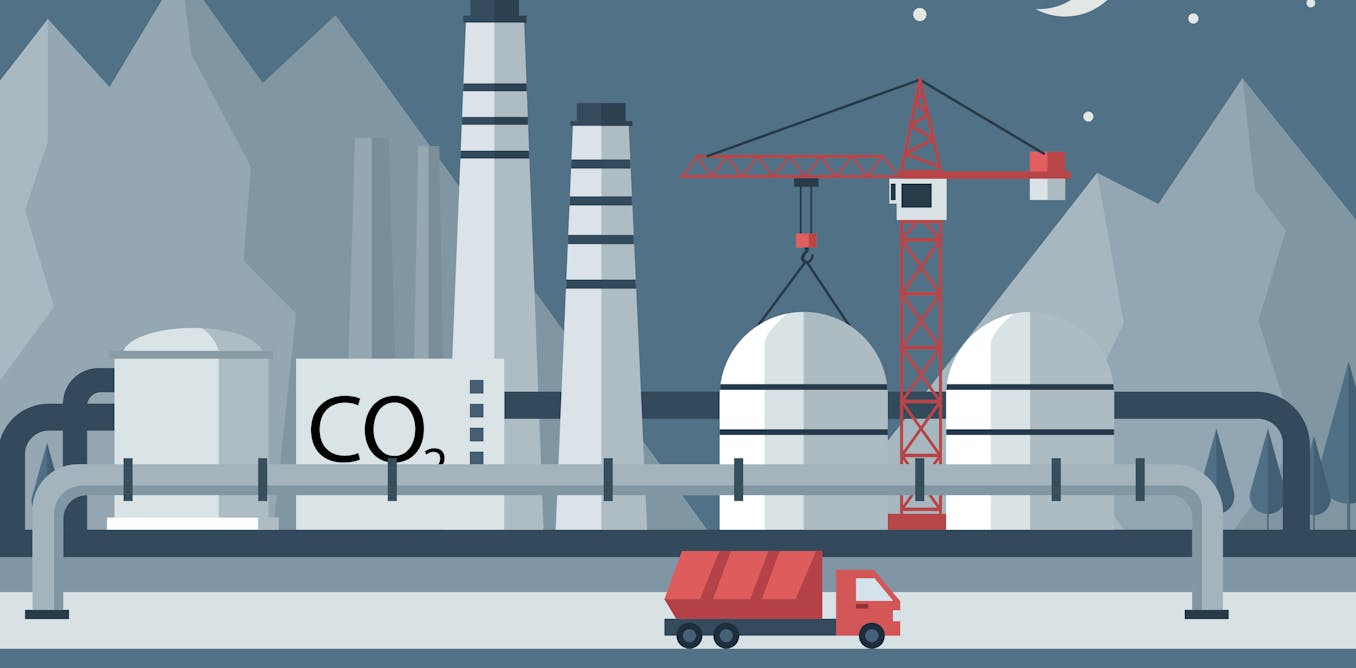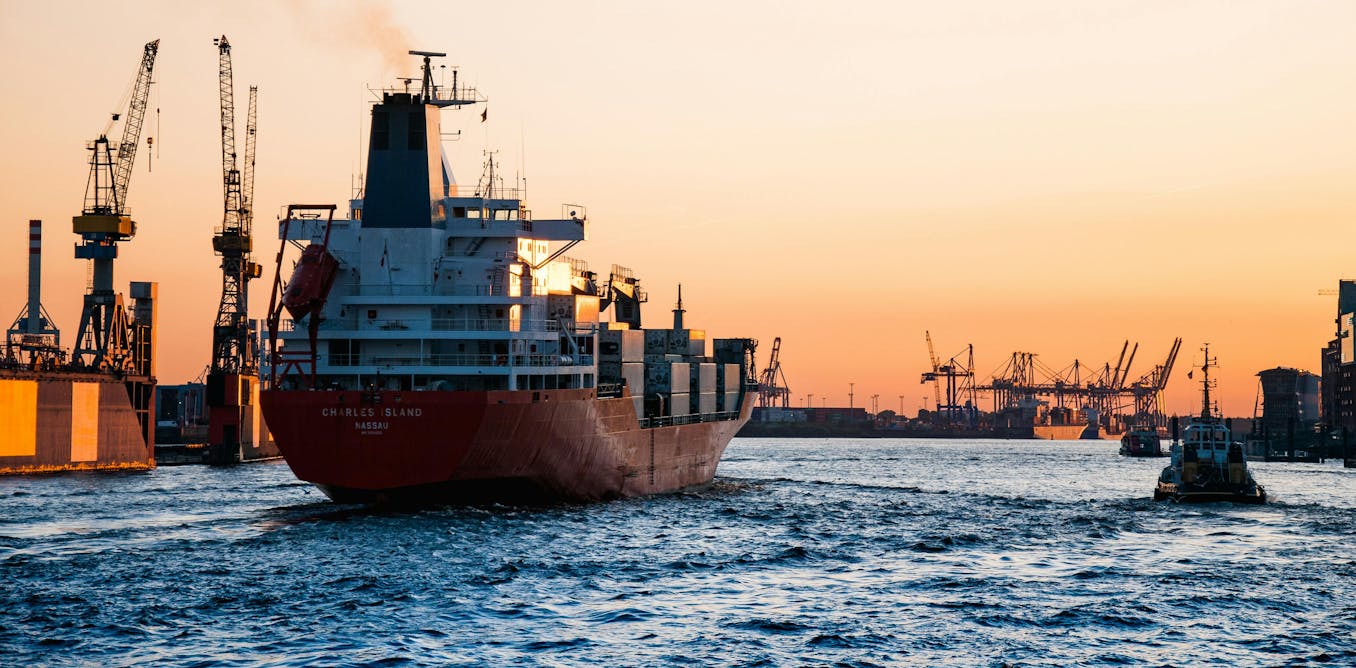Researchers who are developing electrolyzers for hydrogen production are increasingly turning to a membrane platform originally used in fuel cells to scale up their technology. Their strategy: use anion exchange membranes, which could be more cost-effective and combine the best features of conventional proton exchange membranes and alkaline approaches.
Anion exchange membrane (AEM) technology enables the selective transport of negatively charged ions between cathode and anode. In a hydrogen fuel cell, the membrane helps facilitate the chemical reactions needed to generate electricity. In hydrogen electrolysis, the membrane helps split water by separating hydrogen from oxygen.
So far, AEM has only been deployed at a small scale. But several renewable hydrogen companies are poised to change that. On May 7, Ithaca, New York-based Ecolectro announced a partnership with Framingham, Massachusetts-based Re:Build Manufacturing to deploy advanced AEM electrolyzers in the United States. And in March the French tire company Michelin and several French research institutions launched a multi-year collaboration to develop more durable versions of these membranes as part of Michelin’s expansion into renewable markets.
These companies, and several others globally, are betting on AEM technology to fulfill the long-sought promise of “green” hydrogen produced with renewable energy. “This has long been considered the potential savior to a lot of issues with other types of electrolysis that we’ve been trying to scale,” says Lindsey Motlow, a physicist and research director at Darcy Partners, a market intelligence firm in Houston, Texas.
Scaling up green hydrogen comes with challenges that have rendered it less competitive than other hydrogen production methods. The field relies on electrolyzers, which use electricity to split water molecules to release hydrogen. Most employ either a proton exchange membrane (PEM), which uses precious metal catalysts and polymer membranes to split the molecules, or alkaline electrolysis, which works with an electrolyte solution.
PEM can quickly ramp up and down in response to variable energy sources like wind and solar power, but it requires iridium, which is in limited supply. Alkaline electrolysis is less capital intensive and more established at larger scales, but it lacks efficiency and its harsh, basic solution complicates system design.
That has led groups to turn to AEM, which substitutes nickel and steel for PEM’s costly metals. And while it does use a basic solution, AEM has better efficiencies than alkaline electrolysis, at least at the lab scale, Motlow says.
Saerbeck, Germany-based Enapter and Austin, Texas-based Agastya offer commercial megawatt-scale AEM electrolyzers used in industry for chemical reactions and heating. In China, Shandong-based Hygreen Energy in September 2024 launched a kilowatt-scale AEM electrolyzer for plug-and-play use in industrial parks, community buildings and transportation….
Read full article: Anion Exchange Membranes: The Future of Green Hydrogen?

The post “Anion Exchange Membranes: The Future of Green Hydrogen?” by Julia Tilton was published on 05/13/2025 by spectrum.ieee.org
































Leave a Reply